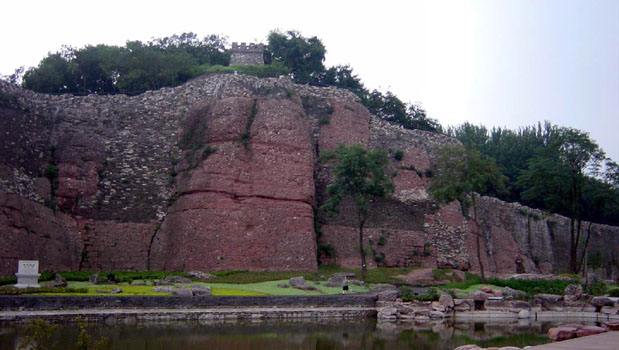purple mountain
2 min readThe Purple Mountain(zijin shan), at the eastern, at the eastern edge of the city, is home to many of Nanjing’s historical sights. A full day is needed to explore all the sights. The newest addition to the field is the Sun Yat-sen- Mausoleum(zhongshan ling). After Sun Yat-sen, as the leading force in bringing down the Qing dynasty, died in 1925 as built for him. Pass through massive gates and climb 392 marble steps front of the mausoleum with white walls and a bright blue-tiled roof. A larger than life statue of Sun Yat-sen, appropriate for a man whose adven ded being kidnapped by Qing agents in London greets you in the entrance to the main hall.

In on the wall are his three principle for national salvation nationalism, democracy and people’s livelihood. In the round crypt is Sun Yat-sen’s casket with a carved statue of him reclining. Behind the tomb is a small garden and photographic exhibition from the early years of the Chinese republic. There’s a great view over the lush green Purple Mountain from the top steps that lead up to the mausoleum-that is, when the weather permits it. The hills are often obscured by clouds and mist that lends the area an enchanting atmosphere.

The Linggu Temple(linggu si) short walk from the mausoleum, rents bicycles,an ideal way to go from sight to sight around Purple Mountain. The centerpiece of the Linggu Temple is the197-foot-tall60m) Linggu Pagoda(linggu灵谷塔). Moved here from the Tomb of Hongwu in 1381, it was destroyed during the Taiping Rebellion and rebuilt again in 1911 to commemorate those who died fighting to Hall (wuliang dian mainin to overthrow the Qing dynasty.









